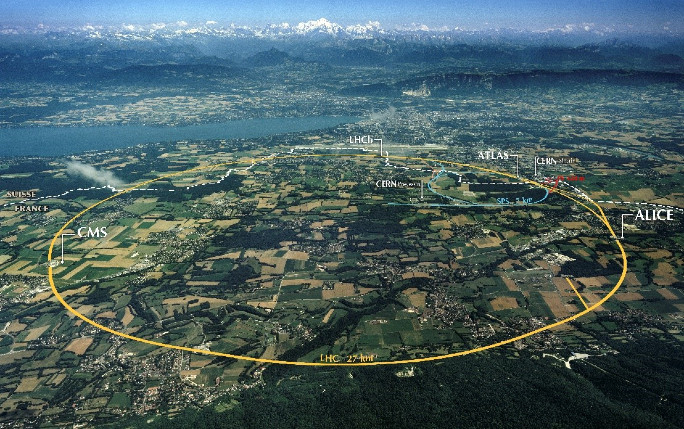New report highlights benefits of collaborating with CERN

A new report commissioned by STFC that was released last week demonstrates the wide-ranging benefits generated by the UK’s membership of CERN over the past 10 years. It shows the wide range of scientific, economic and social impacts emerging from investment in and co-development of CERN.
CERN has been one of the key partners of the University of Liverpool’s Physics Department for many years. The report and associated evidence document highlight our numerous contributions to world-class research projects, such as ATLAS, ALICE and LHCb, the High Luminosity upgrade of the LHC, HIE-ISOLDE and the Antiproton Decelerator, as well as the AWAKE project.
The report also shows the benefits from technology transfer from fundamental research to wider applications and lists our spin-off company D-Beam as a success story. Furthermore, the importance of joint education and training programmes with CERN, of which Liverpool physics has been leading a large number over the last decade, is stressed. The report also shows that Liverpool physics has continued to be STFC's best-funded physics department for CERN-related research, benefiting from 64M£ of research funding.
National highlights beyond breakthrough science discoveries and technology innovations from the past decade include:
- just under £5m has been invested in ‘free to access’ training for over 1,000 people
- more than 1,000 people received on the job training, including staff from UK suppliers
- 500 UK companies gained £183m in revenue and supporting employment which led to further work totalling an estimated £1bn turnover and £110m profit.
- Nearly 2,300 UK school groups visited CERN over the last 5 years; 54,500 UK teachers and students visited CERN in total.
The report confirms that the benefits of CERN membership go well beyond the opportunity to participate in world-leading science. It provides evidence that life-changing everyday technologies often arise from R&D into fundamental science and this will continue to drive our research plans in the future.
Highlights can be found at https://bit.ly/2F8UBFc and the full report is available via https://bit.ly/3iqRd6V.